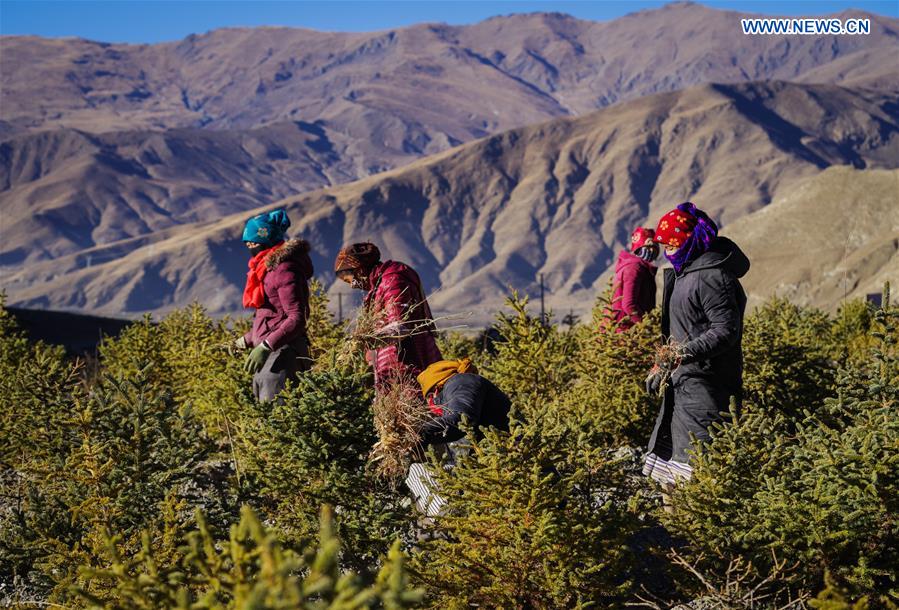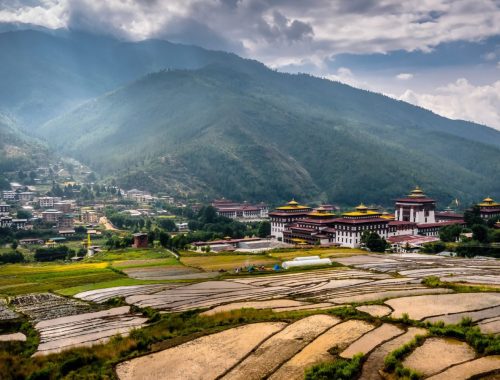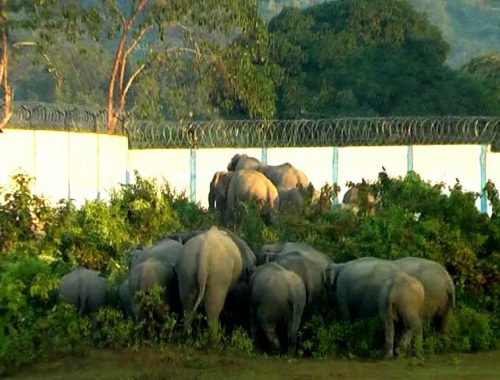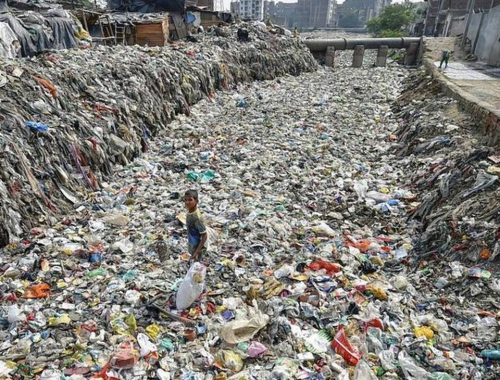by Chandan Kr Duworah
This growing desertification has become a big threat to the ecosystem along the Brahmaputra. It is assumed that moraine carried by water may create problems in paddy fields in India and dams in Tibet.
Stone, mud and sand have been deposited along the river the Brahmaputra from Tibet to Assam. The areas covered by moraine and sand along the river are expanding every year. Flash floods and Glacier melting and glacial lakes causes Glacial Lake Outburst Floods (GLOFs) carry moraines to the lower part of the river and the river bed becomes shallow.
The changing landscape of the Brahmaputra River is clearly evident in the state of Assam in India. The river banks on both sides are inundated with large deposits of sand – an indication of desertification spreading throughout the region. Once famous for its abundant run off the flow of the Brahmaputra is now reduced to a shallow level particularly in winter.
Located on the Qinghai-Tibet Plateau, Tibet has an average elevation of more than 13,125ft above sea level, meaning its ecological system is vulnerable and sensitive. Moreover, the plateau, home to a number of lakes and rivers that are the source of major bodies of water including the Yangtze and Yarlung Zangbo River, has a crucial impact on global climate.
Fortunately, over the past four decades, the Shannan people have made achievements in desert control by building a 1.8-kilometer-wide “green Great Wall” that stretches 160 kilometers. More than 30,000 hectares of desert land in the middle reaches of Yarlung Zangbo River has been reclaimed.
The Tibet Autonomous Region in Southwest China has been making great success in preserving its environment and pursuing sustainable development in recent years. The autonomous region’s environmental protection efforts have won great support from the central government.
Tibet should safeguard its ecological security and maintain its role as the country’s water tower, President Xi Jinping said at a seminar in January 2015, when he was talking to Nan Pei, Party chief of Tibet’s Shuanghu county. With a longsighted vision he said – “Ecological damage cannot be compensated with economic gains.”
Shannan, Xigaze and other prefectures along the Yarlung Zangbo River used to suffer from severe sandstorms in winter and spring. In 2006, the autonomous region launched afforestation projects to deal with the issue. As a result, the number of days with disastrous sandstorms in the area has been reduced from 85 days in 2000 to 32 days in 2014.
Local residents with economic difficulties have been benefited from the environmental protection efforts. The regional government has hired more than 300,000 farmers and herdsmen as security staff to protect wild animals, with each of the residents earning about 2,000 yuan per month.
Photos taken on July 23, 2018 shows the scenes of desert control measures along the Yarlung Zanbo river in Zhanang County of Shannan, southwest China’s Tibet Autonomous Region.

Aerial photo taken on July 23, 2018 shows a shelterbelt forest along Yarlung Zangbo River in Naidong District of Shannan, southwest China’s Tibet Autonomous Region.
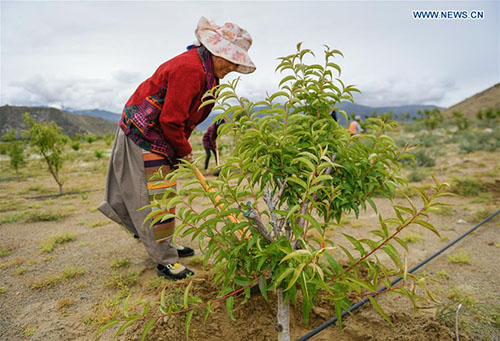
A villager works at a shelterbelt forest in Southwest China’s Tibet Autonomous Region, July 23, 2018.
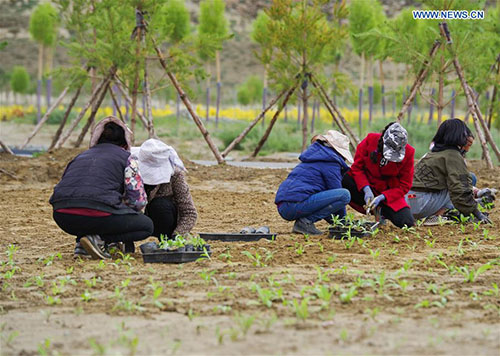
Villagers plant saplings at a nursery base in Zhanang County of southwest China’s Tibet Autonomous Region, July 23, 2018.
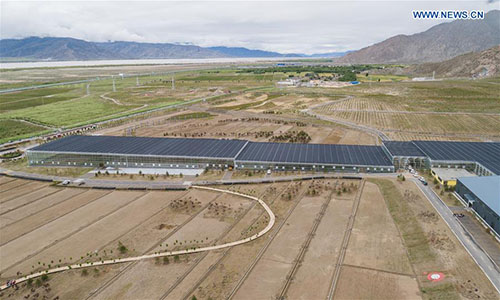
Aerial photo taken on July 23, 2018 shows a nursery base in Zhanang County of Shannan
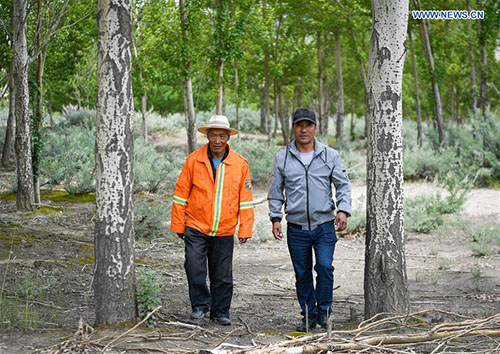
Rangers patrol at a shelterbelt forest in Shannan, July 23, 2018.

Photo taken on July 23, 2018 shows the scenery of a shelterbelt forest in Zhanang County of Shannan (Liu Dongjun)

The primary source of the mighty Brahmaputra river, the Jima Yangzong and Angsi glacier, are retreating in Tibet, China, at an alarming pace.
In an interview Yang Yong, who is an adventurer also, said that if global warming continues at the current rate, the source glaciers as well as other glaciers located at the same height will disappear within few decades. The Jima Yangzong and Angsi glaciers give birth to the Yarlung Zangbo (Tsangpo)) and when it enters India it is called the Brahmaputra.
Under such a circumstance, Yang Yong said the Yarlung Tsangpo could become a seasonal river severely affecting the water flow or it could see a lean water flow in winter.
The melting of Himalayan glaciers threatens 1.3 billion Asians living downstream. It could bring drought and disease to large swathes of the continent. It is a matter of grave concern that almost 1,000 sq km area of Himalayan glaciers has disappeared from total area of about 5,000 sq km.
Yong, a scientist from Hengduan Mountain Research Institute and Deputy Director of Expert Committee of China Foundation for Desertification Control said the Jima Yangzong area at 5,500 meters has decreased substantially within last few years.
Like the Angsi and Jima Yangzong glacier, other glaciers which feed water to the Yarlung Zangbo are also melting and retreating rapidly.
It has been noted that the Himalayan region is warming about three times the global average with temperature increase of an average of 0.3 degree Celsius measured for the past half century.
The Nepal-based International Centre for Integrated Mountain Development (ICIMOD), which has conducted research on Himalayan glaciers for 30 years, warns of an urgent need for more research on the impact of climate change.
With changing temperatures, current trends in glacial melt suggest flows in major Asian rivers will be substantially reduced in the coming decades.The Siang ( The main source of Brahmaputra) and other Himalayan rivers flowing through Assam likely to become dry in winter within another five decades if nothing is done about the soaring global temperature.
The Siang ( The main source of Brahmaputra) and other Himalayan rivers flowing through Assam likely to become dry in winter within another five decades if nothing is done about the soaring global temperature.
(C K Duarah, an Assamese Journalist, former Robert Bosch Fellow (Germany) and ) is an independent researcher too.

